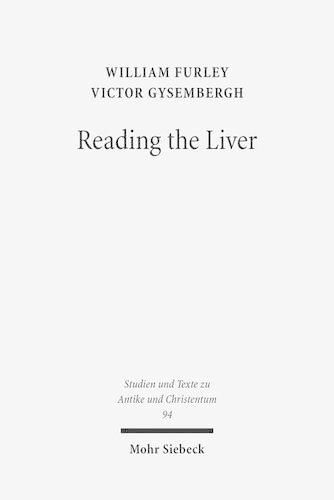Readings Newsletter
Become a Readings Member to make your shopping experience even easier.
Sign in or sign up for free!
You’re not far away from qualifying for FREE standard shipping within Australia
You’ve qualified for FREE standard shipping within Australia
The cart is loading…






William Furley and Victor Gysembergh bring together in a new edition the papyrus fragments of ancient Greek manuals of extispicy, that is, the inspection of animal entrails to predict the future. From art and literature we already know that the practice was important throughout the historical period in military and civic life, representing a widespread and respected way of taking the omens before embarking on any venture. Now, for the first time, the papyrological texts relating to this branch of the ancient mantic art have been collected, reedited and interpreted. The results show a refined and arcane art relating to the parts and appearance of the sheep’s liver expressed in a symbolic language all its own. In particular the authors examine the question of the degree to which this Greek pseudo-science derives from Mesopotamian extispicy, as has often been claimed.
$9.00 standard shipping within Australia
FREE standard shipping within Australia for orders over $100.00
Express & International shipping calculated at checkout
Stock availability can be subject to change without notice. We recommend calling the shop or contacting our online team to check availability of low stock items. Please see our Shopping Online page for more details.
William Furley and Victor Gysembergh bring together in a new edition the papyrus fragments of ancient Greek manuals of extispicy, that is, the inspection of animal entrails to predict the future. From art and literature we already know that the practice was important throughout the historical period in military and civic life, representing a widespread and respected way of taking the omens before embarking on any venture. Now, for the first time, the papyrological texts relating to this branch of the ancient mantic art have been collected, reedited and interpreted. The results show a refined and arcane art relating to the parts and appearance of the sheep’s liver expressed in a symbolic language all its own. In particular the authors examine the question of the degree to which this Greek pseudo-science derives from Mesopotamian extispicy, as has often been claimed.